
How to Talk to a State Watercraft Inspector: When you’re gearing up to hit the water anywhere in the USA, chances are good you’ll run into a state watercraft inspector. These folks are the unsung heroes who keep our lakes, rivers, and reservoirs safe from invasive pests and unsafe boats. Knowing how to talk to these inspectors, what they check, and what you should be ready to show them can make your boating experience smoother and safer. Whether you’re a weekend sailor or a full-time pro, this comprehensive guide will break it down in clear, straightforward language. We’ll cover everything from the basics to insider tips — plus some stats and official resources you can trust.
Table of Contents
How to Talk to a State Watercraft Inspector
Chatting with a state watercraft inspector doesn’t have to be a hassle. By coming clean, literally and figuratively, being ready with your paperwork, and cooperating fully during the inspection, you help safeguard the waters we all love. Inspections are a simple, important step to prevent invasive species from wrecking ecosystems and enjoy boating safely year after year. So remember, a clean boat is a happy boat—and a happy ecosystem, too.
| Topic | Details |
|---|---|
| What Inspectors Do | Visual and physical check of boat, trailer, and water-related gear to prevent invasive species spread and ensure safety |
| Required Documentation | Boat registration, inspection decals, state permits |
| Common Inspection Checks | Hull, bilge, live wells, trailer, drain plugs |
| AIS Impact | Invasive species cost U.S. economies billions annually; Montana inspected 123,000+ boats in 2021 |
| Enforcement Powers | Inspectors can deny launch if AIS contamination or safety violations are found |
| Official Resource | U.S. Fish & Wildlife Service AIS Info |
Who Are State Watercraft Inspectors?
State watercraft inspectors are licensed, trained individuals employed by state or tribal agencies. Their primary job is to enforce laws that protect water bodies from aquatic invasive species (AIS) and ensure marine safety. They receive annual training not only on identification and removal of AIS but also on customer service, inspection protocols, and legal aspects of enforcement to maintain consistency and professionalism.
Importantly, inspectors have legal authority to physically inspect watercraft and related equipment such as trailers, docks, boat lifts, and other water-related apparatus. They do not enter your boat without permission, but they are authorized to perform tactile and visual inspections on all accessible surfaces and compartments, including bilges, live wells, and ballast tanks. Their goal is both preventive and educational — to stop AIS before they spread and to inform boaters about best practices.
Why Watercraft Inspections Matter?
Aquatic invasive species are a major ecological and economic threat to the United States. Examples include zebra and quagga mussels, Eurasian watermilfoil, and spiny water flea. These species can:
- Disrupt native aquatic ecosystems by outcompeting or preying on native species.
- Damage infrastructure, including clogging water intake systems for cities, irrigation, and power plants.
- Cause millions of dollars in economic losses annually in fisheries, tourism, and recreation industries.
To highlight the scale:
- It is estimated that the U.S. spends $140 billion annually combating invasive species.
- Montana inspected over 123,000 boats in 2021, preventing the unchecked spread of mussels and other invasive species.
- In Maine, inspections revealed around 2.9% of boats harbored invasive plants, emphasizing the prevalence.
Watercraft inspections act as a crucial first line of defense, checking boats at state access points, educating users, and minimizing the chances for AIS to spread from one water body to another. This effort helps safeguard our natural resources and the millions of people who rely on clean, healthy waters for recreation and livelihood.
What to Expect During a Watercraft Inspection?
Step 1: Initial Interaction and Interview
Upon arrival at the inspection station, expect a brief conversation where the inspector will ask:
- When and where was the watercraft last used?
- Have you launched your boat or trailer in any waters known to have AIS recently?
- Did you clean or drain your boat since your last use?
Being transparent helps the inspector evaluate the risk and tailor their inspection accordingly, which can speed up the process. Inspectors will also take this opportunity to share educational resources and raise awareness about AIS.
Step 2: Documentation Review
The inspector will ask to see:
- Your current state boat registration document.
- Any inspection or invasive species control decals as required by state authorities.
- Safety-related permits or proof of compliance with federal and state boating laws, such as life jackets and fire extinguishers.
Having these documents organized and ready will make the inspection smoother.
Step 3: Comprehensive Visual and Physical Inspection
The bulk of the inspection is a hands-on check of your watercraft and equipment, including:
- Visual and tactile examination of the hull for attached plants, mussels, or mud.
- Inspection of the bilge, live wells, ballast tanks, and other compartments for water or organic material.
- Careful checking of the trailer’s tires, frame, and any lock or hitch areas where debris may collect.
- Removal of drain plugs to ensure any standing water has been completely drained.
Inspectors use a standardized checklist to ensure no areas likely to harbor invasive species are missed. They operate under protocols that maximize thoroughness while minimizing inconvenience.
Step 4: Possible Decontamination or Restrictions
If invasive species or water are found, state law often requires decontamination before launch. Decontamination measures may include:
- Hot water sprays to kill invasive organisms.
- Drying times that may require temporary boat storage.
- Physical cleaning and removal of debris.
In more serious situations or repeated violations, inspectors may refuse launch privileges or escalate enforcement actions including fines.
Step 5: Clearance and Education
Once your boat passes inspection, inspectors typically provide you with a clearance sticker or receipt. They often take a moment to educate you about:
- Simple cleaning tips to prevent AIS spread.
- Local invasive species of concern.
- Reporting requirements if you suspect contamination on other boats.
This final touch strengthens the community of responsible boaters working together to protect waterways.

Preparing Your Boat and Gear for Inspection
A well-prepared watercraft expedites inspection and reduces the chance of delays or denials. Here are some key preparation steps:
- Thorough Cleaning: Use brushes and hot water to scrub all parts of your boat and trailer, including hull, motors, propellers, anchors, and trailer tires, prior to arrival.
- Complete Drainage: Remove all drain plugs and empty compartments like bilges, live wells, and ballast tanks. Never transport water from one waterway to another.
- Dry Your Equipment: Even residual moisture can harbor invasive organisms. The drier your boat is, the better.
- Organize Paperwork: Keep your registration, permits, and decal ready for quick access.
- Know Your Itinerary: Be ready to accurately describe where your boat was last launched or used, especially from high-risk waters.
Understanding AIS and Their Devastating Effects
Aquatic invasive species (AIS) have far-reaching environmental and economic consequences:
- Zebra and Quagga Mussels: These tiny freshwater mussels filter plankton from the water, crippling food sources for native fish and fouling infrastructure by clogging water intakes and coating surfaces.
- Eurasian Watermilfoil: This aggressive aquatic plant grows rapidly, choking lakes and ponds, reducing oxygen levels, and making boating difficult.
- Spiny Water Flea and Asian Carp: These species disrupt aquatic food webs and threaten native fish species populations.
The cost of managing these species is staggering, with billions spent annually on control, restoration, and preventative measures. Keeping invasive species out in the first place via inspections is more cost-effective than fighting infestations after they establish.
Real-Life Impact and Inspection Success Stories
Mandatory watercraft inspections have shown measurable success in slowing the spread of invasive species:
- Montana’s 2021 program stopped thousands of potential invasive transfers by inspecting and sometimes decontaminating over 123,000 boats.
- Maine’s inspections found 2.9% of boats carried invasive plants, allowing early removal before greater spread.
- Many states involved in coordinated inspections report reduced new infestations and educated boating communities, illustrating the power of consistent protocols and enforcement.
Boaters report positive experiences with inspectors, finding them knowledgeable, helpful, and informative. This cooperation between inspectors and the boating public forms a strong defense against AIS.

Tips to Ace Your Watercraft Inspection
- Prepare your boat meticulously — clean, drain, and dry every time you move between water bodies.
- Be cooperative and honest — answer inspectors’ questions truthfully and provide any requested documentation promptly.
- Educate yourself — take advantage of inspectors’ knowledge and materials to learn about AIS specific to your regions.
- Stay patient and respectful — inspections protect your boating future and local ecosystems.
- Comply with decontamination if requested — it’s a minor delay compared to potential environmental harm.
Additional Details on Inspection Protocols and Legal Authority
Inspectors operate under state statutes authorizing them to:
- Perform inspections on boats, trailers, docks, boat lifts, and other water-related equipment.
- Conduct visual and tactile inspections but rarely enter boats without permission.
- Require decontamination and deny launch to prevent AIS spread.
- Issue violations or fines for noncompliance to uphold state laws.
Consistency and quality control in inspections come from state-run training programs, evaluations including undercover “secret shopper” inspections, and strict adherence to standardized protocols recommended by national bodies like the Aquatic Nuisance Species Task Force.
The Ultimate “Clean Drain Dry” Guide for Seaplane Pilots
A Pilot’s 10-Point Inspection Checklist for Aquatic Invasive Species (AIS)
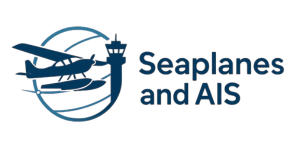
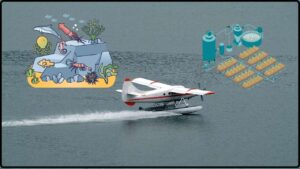
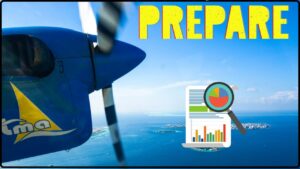

![Case Study How [Lake Association] Partners with Pilots to Stop AIS](https://seaplanesandais.com/wp-content/uploads/2025/11/Case-Study-How-Lake-Association-Partners-with-Pilots-to-Stop-AIS-300x169.jpg)
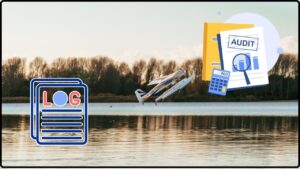
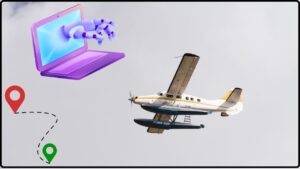


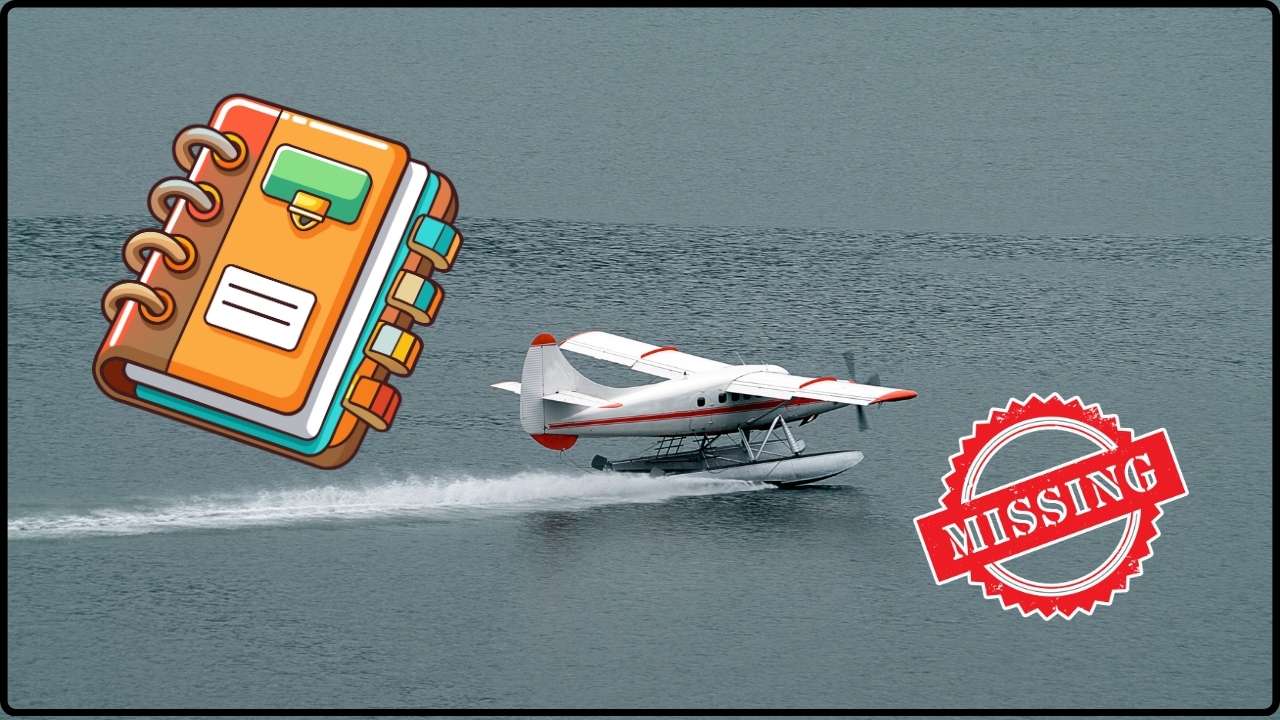

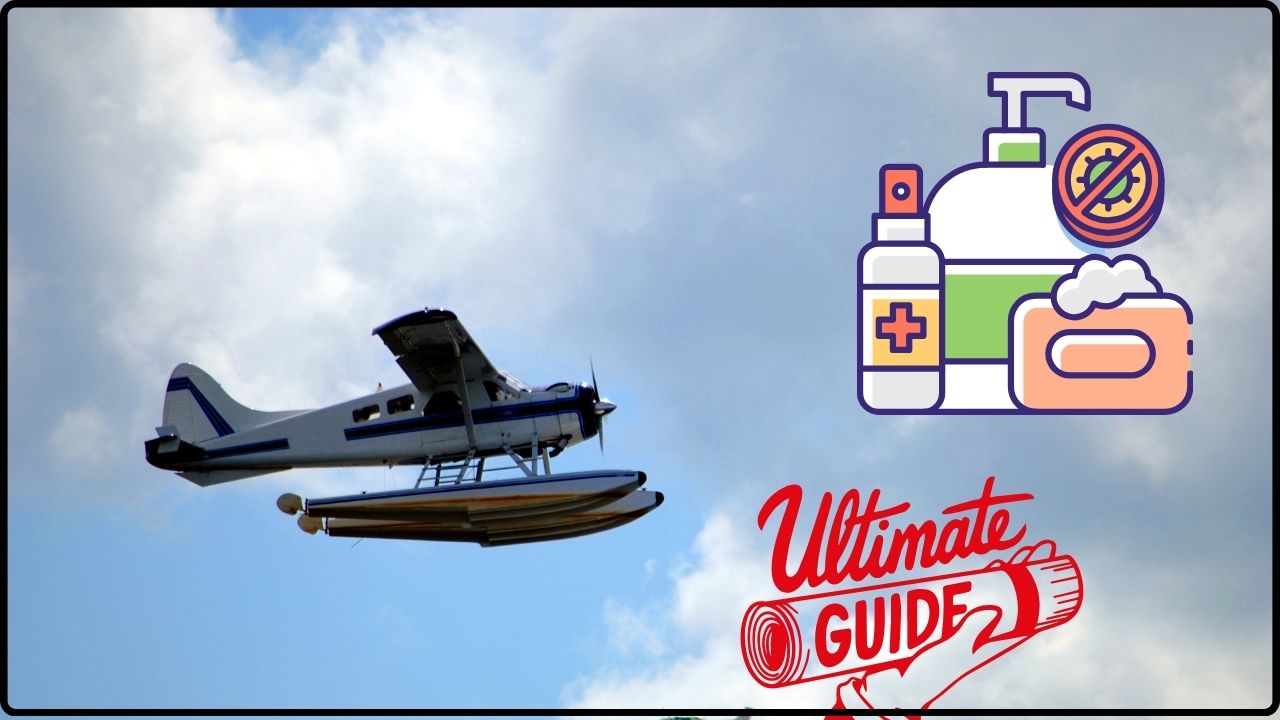


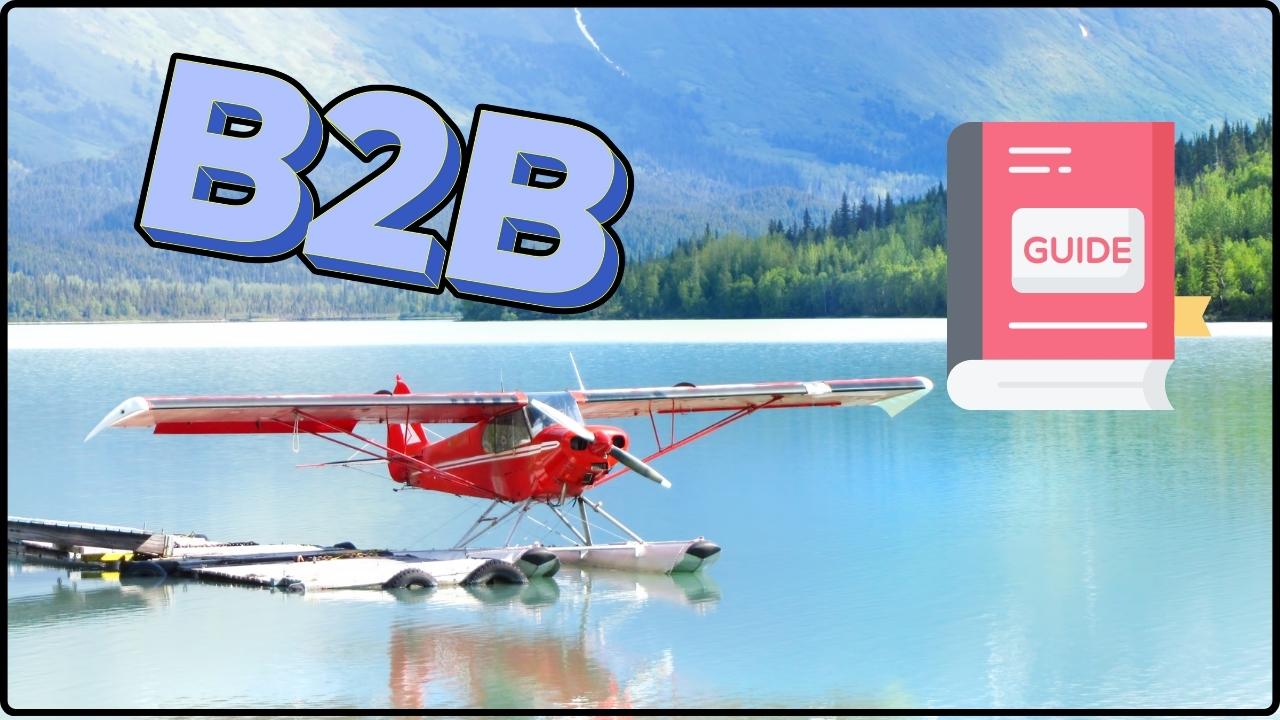
![Case Study: How [Lake Association] Partners with Pilots to Stop AIS](https://seaplanesandais.com/wp-content/uploads/2025/11/Case-Study-How-Lake-Association-Partners-with-Pilots-to-Stop-AIS.jpg)
